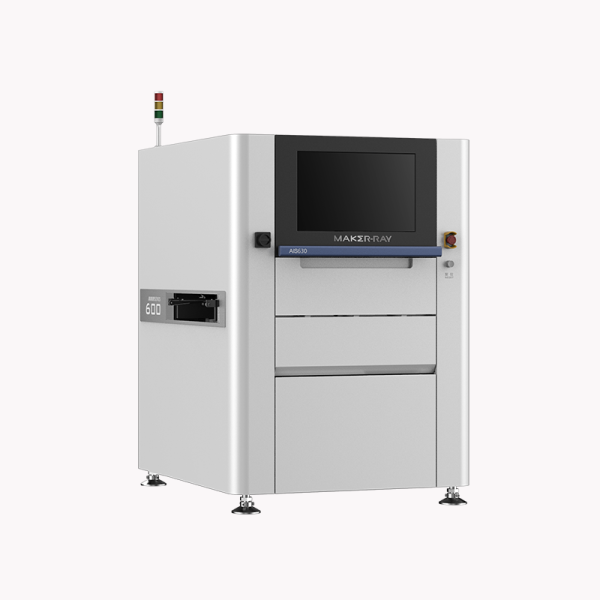In today’s rapidly evolving industrial landscape, the application of deep learning algorithms has revolutionized the field of inspection. Deep learning networks, such as those integrated into Maker-ray‘s automated optical inspection machines, create multiple levels of abstraction to represent data features. This advanced approach enables the machines to analyze complex patterns and identify defects with unparalleled accuracy.
Maker-ray: Harnessing the Potential of Deep Learning in Automated Optical Inspection
As a leading provider of cutting-edge inspection solutions, Maker-ray harnesses the potential of deep learning algorithms to develop state-of-the-art automated optical inspection machines. By integrating deep learning into our machines, we have overcome traditional pain points such as long programming time and high false alarm rates.
Maker-ray’s Deep Learning-Powered Automated Optical Inspection Machine utilizes sophisticated algorithms that automatically extract and analyze features from the inspected components. This eliminates the need for extensive manual programming, saving valuable time and resources for manufacturers. The integration of deep learning technology allows our machines to adapt and improve over time, enhancing their performance and accuracy.
Advantages of Maker-ray‘s Deep Learning-Powered Automated Optical Inspection Machine
One of the key advantages of Maker-ray’s deep learning-powered automated optical inspection machine is the significant reduction in programming time. The machine intelligently learns from a vast dataset, enabling it to identify and extract relevant features automatically. This automation streamlines the programming process, allowing manufacturers to set up inspections efficiently and with minimal manual intervention.
Furthermore, Maker-ray’s deep learning-powered machine boasts a remarkably low false alarm rate. By leveraging the power of deep learning algorithms, it can differentiate between genuine defects and harmless variations in product appearance. This high level of accuracy reduces false positives, ensuring that manufacturers can focus their attention on real quality issues, thus saving time and resources.
Moreover, Maker-ray’s deep learning-powered automated optical inspection machine offers enhanced inspection capability and improved overall efficiency. With its advanced algorithms and powerful computing capabilities, it can analyze vast amounts of data in real-time, allowing for swift and accurate defect detection. This capability empowers manufacturers to optimize their quality control processes, identify and rectify issues promptly, and ensure the delivery of superior products to their customers.
Conclusion
In conclusion, Maker-ray’s Deep Learning-Powered Automated Optical Inspection Machine is revolutionizing industrial inspection processes. By harnessing the power of deep learning algorithms, Maker-ray provides manufacturers with a highly efficient and accurate inspection solution. With reduced programming time, minimized false alarm rates, and enhanced inspection capability, Maker-ray’s deep learning-powered machine sets a new standard in automated optical inspection, enabling manufacturers to achieve unparalleled levels of quality control in their production processes.




